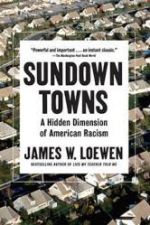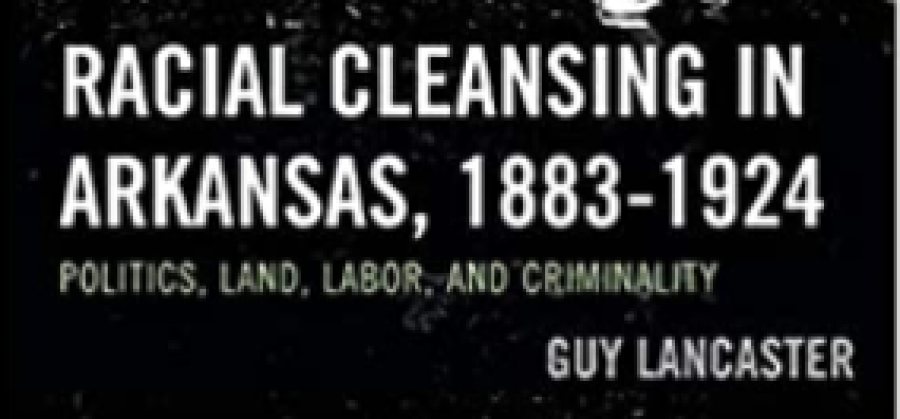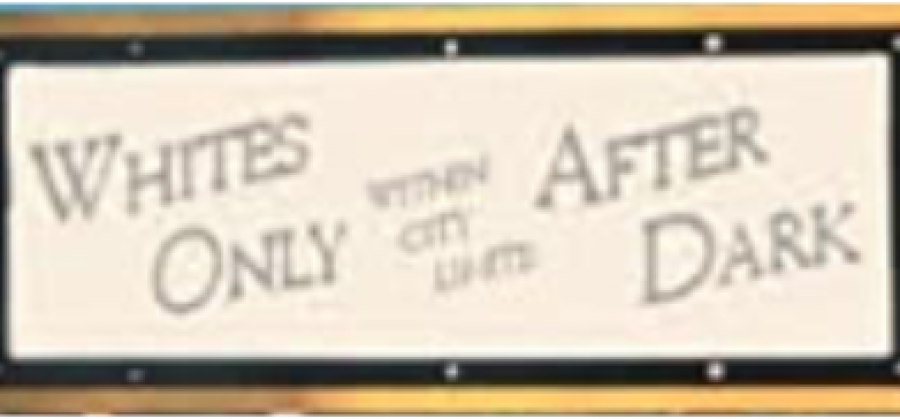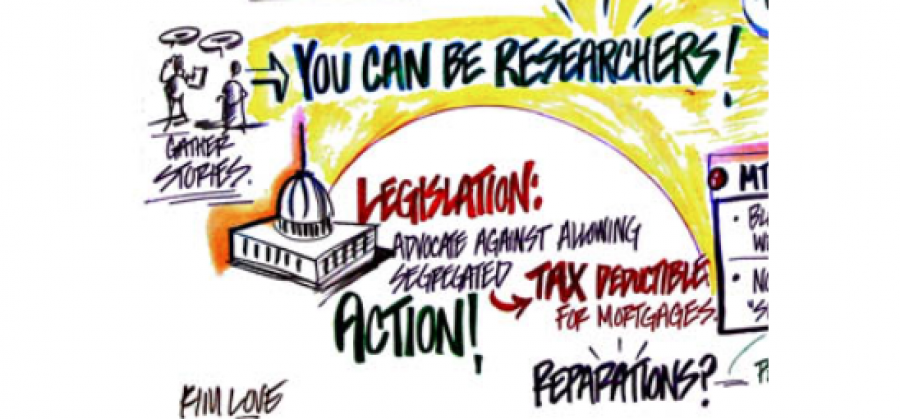Sundown Towns

 The best introduction to sundown towns – cities, towns, counties, even whole subregions that for decades were all-white on purpose – is of course the book Sundown Towns. It is also available audibly.
The best introduction to sundown towns – cities, towns, counties, even whole subregions that for decades were all-white on purpose – is of course the book Sundown Towns. It is also available audibly.
From Maine to California, thousands of communities kept out African Americans (or sometimes Chinese Americans, Jewish Americans, etc.) by force, law, or custom. These communities are sometimes called “sundown towns” because some of them posted signs at their city limits reading, typically, “Nigger, Don’t Let The Sun Go Down On You In ___.”
Some towns are still all white on purpose. Their chilling stories have been joined more recently by the many elite (and some not so elite) suburbs like Grosse Pointe, MI, or Edina, MN, that have excluded nonwhites by “kinder gentler means.”
The rest of this page and linking pages offer a central registry or Sundown Towns Database with connections to ongoing guidance from Prof. Stephen Berrey, who continues to coordinate work on this important social issue. Even though most sundown towns are “recovering” – that is, they no longer actively prohibit nonwhite residents – many still suffer from “second-generation sundown town issues.” Therefore it remains important to “out” every sundown town in America and encourage them to take steps to actively transcend their white supremacist pasts.
A database contributed by people across the nation underlies these maps and the tables you can generate. You can help by sending in information you have about towns new to us, or new information about towns we list.
From middle-school students to Ph.D. candidates, researchers have confirmed sundown towns. You can too.
Loewen started working on sundown towns in 1999. Having grown up in Illinois, he knew he would do more research in that state than any other, simply owing to his familiarity with it. He anticipated finding maybe 10 sundown towns in Illinois and 50 across the nation. He had no idea. As of 2020, the best estimate for Illinois alone was a bit more than 500, which is 70% of all towns in the state. Similar proportions of towns in Oregon, Indiana, and other Northern states also went sundown, mostly between 1890 and 1940. Subsidiary pages tell how you can help continue this research.
As soon as news of Loewen’s astounding findings – the pervasive prevalence of sundown towns – got out, singers wrote songs, theater companies produced plays, and novelists wrote stories about sundown towns.
Loewen tried hard to get a photo of a typical sundown town sign, but so far without success. Here are all the photos he has collected on the subject, for your use.
After a town has been confirmed, you can use this information to help it transcend its past and develop good race relations.





